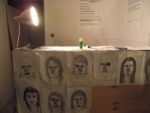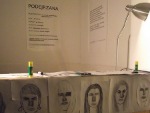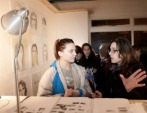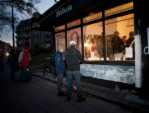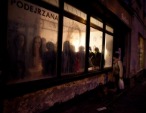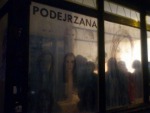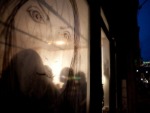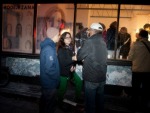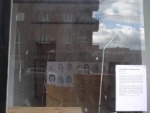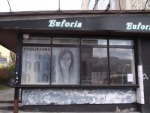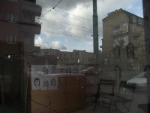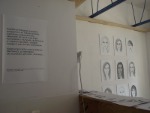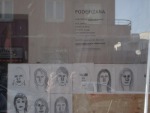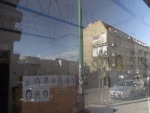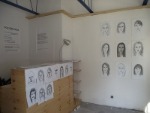Anka Leśniak
works
biography texts contact
2020
2019
2018
2017
2016
2015
2014
2013
2012
2011
2010
2009
2008
2007
2006
2004
WORKS 2013
SUSPECT
No Women No Art Festival
Wilda District, Poznań
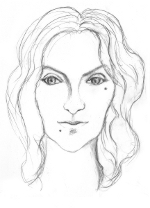
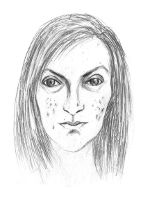
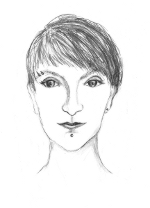
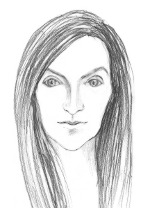
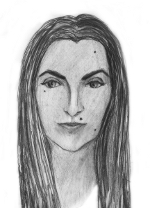
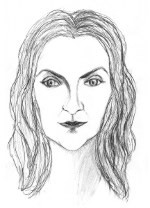
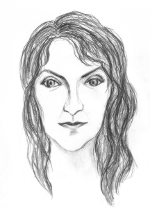
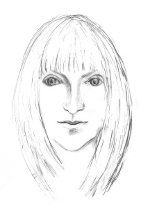
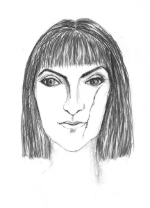
9 drawings, posters
Wilda is known to be one of the most dangerous neighbourhoods in Poznan. The notoriety of the district and information found on the Internet lead me to consider the problem of crime, murderer and victim. If we imagine a brutal criminal, few people would picture in this role a frail blonde female or a woman in general. This is justified by the fact that women only commit around 10% of crimes in Poland and much more often they are the victims. The phenomenon of such a large disproportion in the crime level among men and women one may attempt to explain in various ways, e.g. through biological, social and feminist theories. One also could try to distinguish criminal activity typical for women such as prostitution. Also the crime of infanticide, including abortion, which is always severely punished. Literature is full of contradictory explanations of women's inclinations towards committing crime. On the one hand we can read that women are less inclined to commit crimes and on the other hand that they are more deceitful and if they do commit crimes they are more cruel than men. Also, it is indicated that women are raised without being motivated to aggression. Actual data shows that the number of female criminals is in fact increasing, maybe following the progress of emancipation.
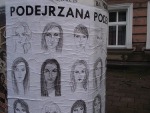
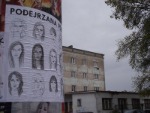
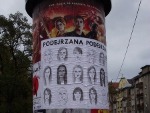

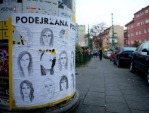
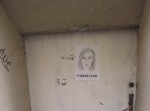
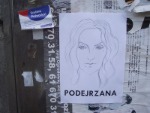
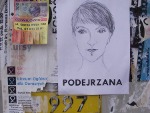
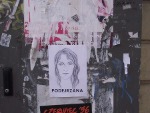
In my project I would like to ask a question about the contemporary image of a female criminal in social consciousness. How has it changed with reference to historical sources. Do the inhabitants of Wilda remember crimes in which women were involved in their neighbourhood or city? In which role might women see themselves - a woman criminal or a victim if they were to choose?
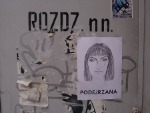
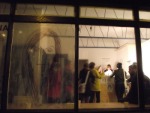
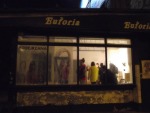
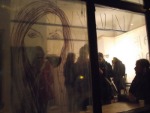
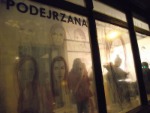
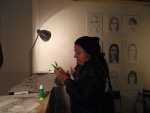
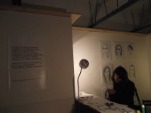
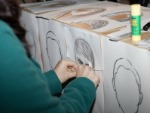
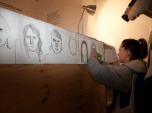
Therefore using a questionnaire I asked the inhabitants of Wilda, how does a female criminal look according to them (age, type, features of face, weight, height, education, origin, nationality) and which crimes she might commit. Based on the responses I made "identikit pictures" of female criminals, the products of society's imagination. I made 9 pictures which were hung on the door, staircases, yards and bill posts in Wilda. I was especially inspired by a man who said that such women often change their look - the colour of their hair, hairstyle, the colour of their eyes using contact lenses and make up. I was intrigued by this, because each of us has many "tools" to change her look in her cosmetic bag...
In addition to the action in the district of Poznań, there was an exhibition in a glassed-in shopping hall in Wilda. During the opening, guests could make their own portrait of a "female suspect" out of prepared elements. The exhibition was accompanied by a meeting related to the project and the topic of crime among women, in which Dr Monika Sochańska-Frąckowiak participated. The meeting was hosted by the journalist - Ludmiła Anannikova.
